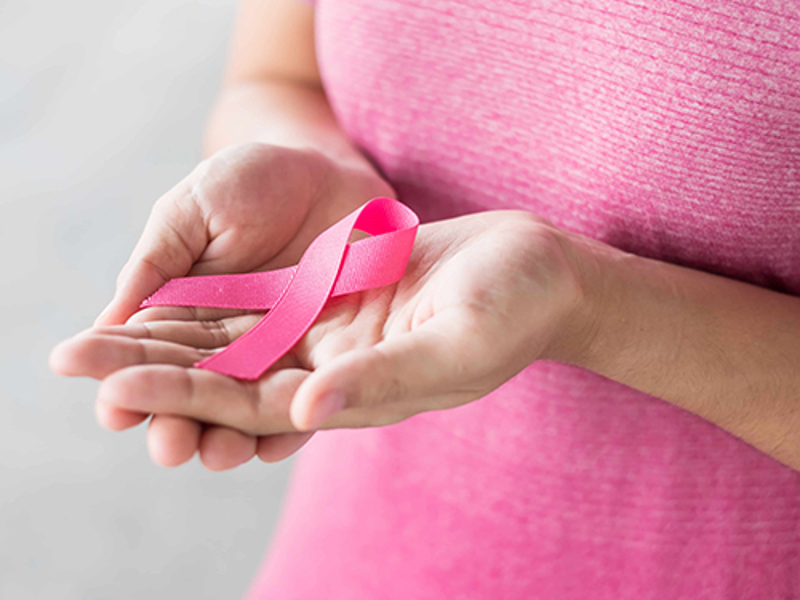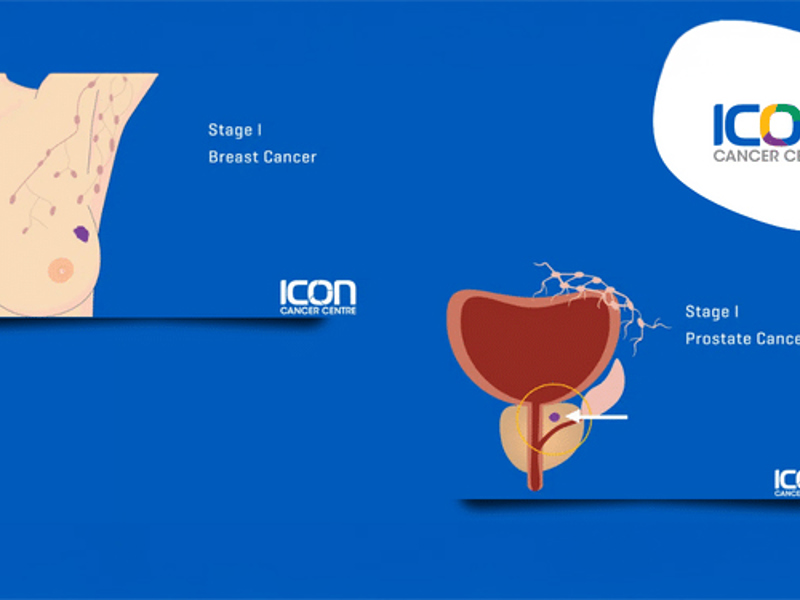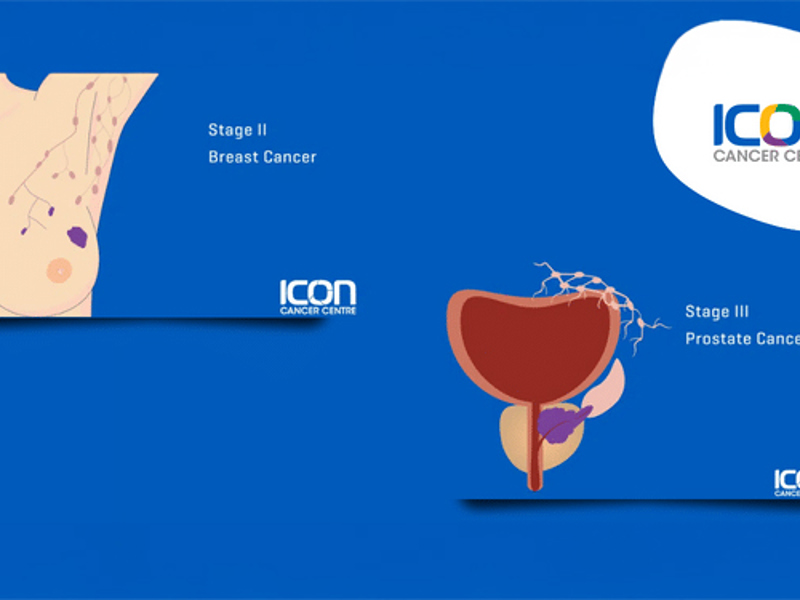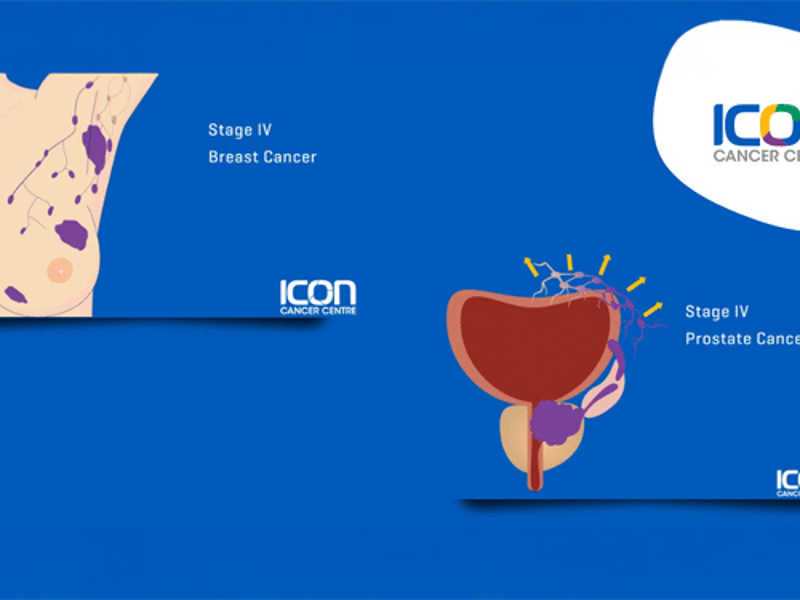
Everything you need to know about scalp cooling
The stage of your cancer generally describes whether the cancer has spread from the part of your body where it originally started growing and how far it may have spread.
This can be a helpful way to talk about your diagnosis, because it helps your doctor to express how far your cancer has spread as well as determine which cancer treatments are most likely to be effective.
Different cancers have different staging systems, so the stage of your cancer is specific for the type of cancer you’ve been diagnosed with. It’s also important to remember that the stage of your cancer only describes the extent of your cancer at a particular point in time. It doesn’t predict if your cancer might grow or spread in the future, or how you’ll be affected by your cancer.
That’s why understanding what the stages mean can give you a rough idea of how serious your cancer may be, but there are many more factors that could influence how your body handles the disease.
Be more informed and play an active role in your own cancer care.

For solid types of cancers, for example breast cancer, prostate cancer and bowel cancers, the stages of cancer are usually described using Roman numerals. The different stages range from 0 to IV, with IV being the most advanced stage and 0 being the earliest stage.
The higher number the stage of your cancer is, the more the cancer has spread or affected other parts of your body.
For blood cancers, for example leukaemia, the stages are described in a different way.
The process of determining the stage of your cancer is known as cancer staging, and usually involves one or more medical tests such as scans, blood tests or a biopsy.
Cancer that has not spread beyond the location where it started growing is called stage 0. This means it’s still in its very earliest stages, and it is more likely to be easily removed before it spreads. Stage 0 cancer is also called carcinoma in situ (CIS).

Stage I cancer means the cancer is still in its early stages and there are no signs of it in nearby surrounding tissues or lymph nodes. The chance of successfully treating stage I cancer is usually high if you receive treatment right away and do not delay seeking treatment.

Stage II and Stage III means that cancer may have spread locally to nearby tissue and/or lymph nodes, but it hasn’t spread as far as other distant organs. Stage II and III cancers are also called locally advanced cancers.

Stage IV cancer means the cancer has spread (or metastasised) to distant organs such as the lungs, brain or liver. It’s also the most complex to treat, because more than one part of the body has been affected.

The content on the Icon Cancer Centre website is for informational purposes only and should not be considered medical advice. It is not a substitute for consultation with a qualified medical practitioner. For personalised medical guidance, please consult with your GP or another qualified healthcare provider.

Discover our comprehensive collection of content designed to inform, support, and guide you through every aspect of cancer care. From the latest news and updates to personal patient experiences and educational resources, these materials provide valuable insights to help you better understand cancer, treatment options, and the journey ahead.